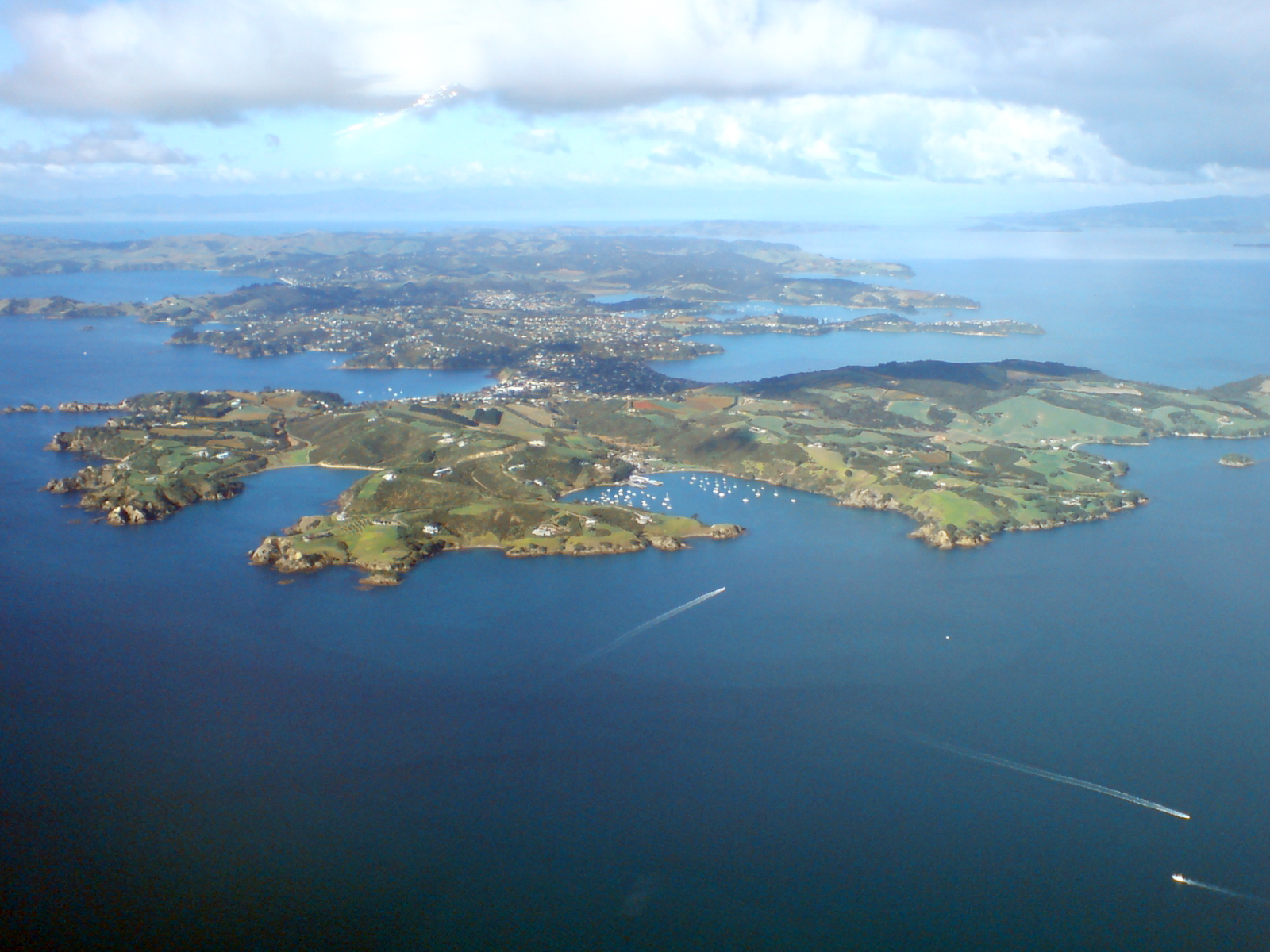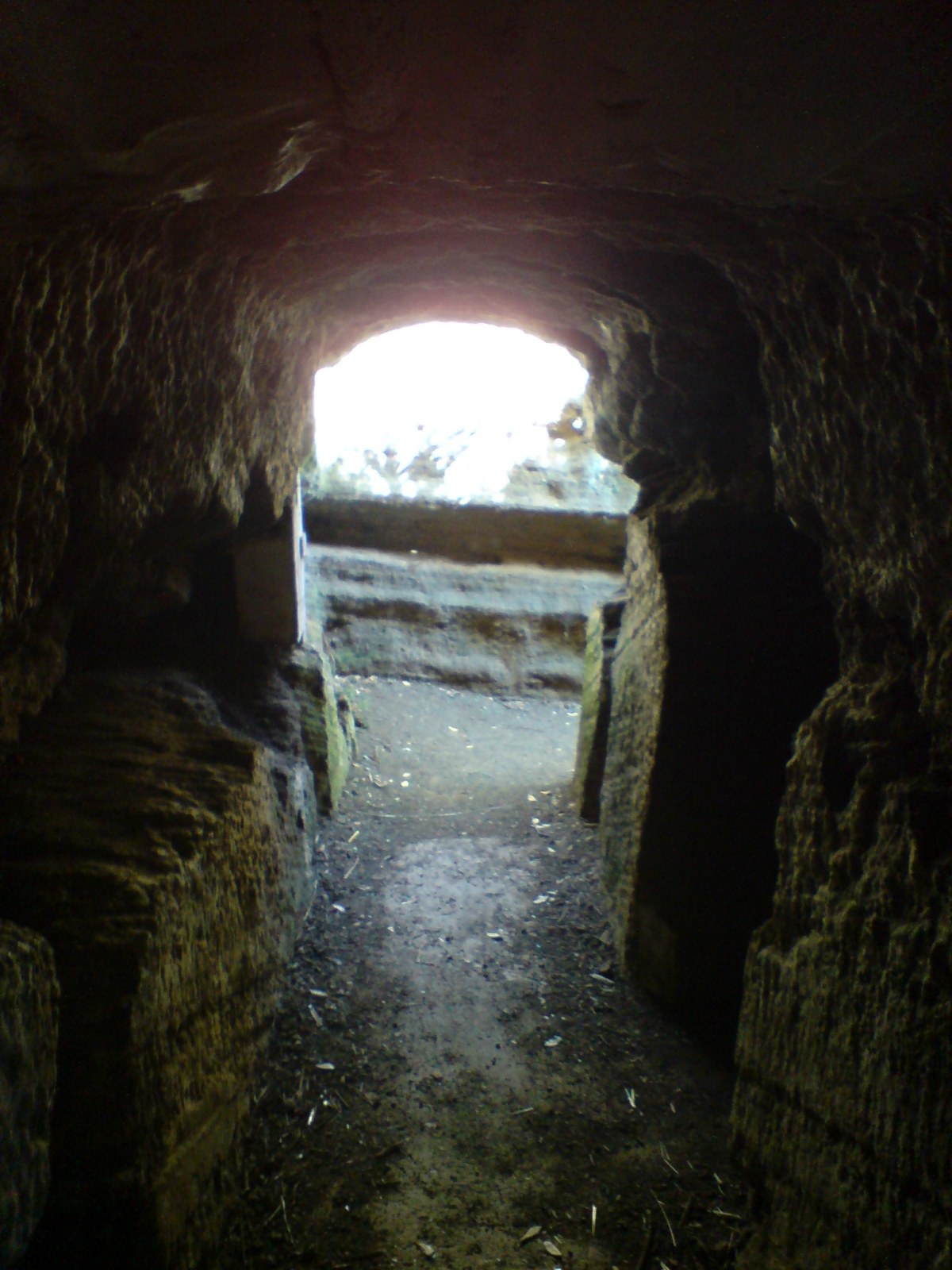|
Stony Batter
Stony Batter is a historic defence installation at the north-eastern end of Waiheke Island, Auckland, New Zealand. It is sited within a 50-acre (200,000 m2) scenic reserve of the same name, owned by the New Zealand Department of Conservation (DOC). The park serves double duty as a historical (Category 1 Historic Place) and nature reserve, containing unusual rock formations, associated with an extinct volcano, three significant bush blocks and three concrete gun emplacements with an extensive tunnel system,Stony Batter Historic Reserve, Waiheke Island (from the website) reputed to be the larg ... [...More Info...] [...Related Items...] OR: [Wikipedia] [Google] [Baidu] |
Waiheke Island
Waiheke Island (; Māori: ) is the second-largest island (after Great Barrier Island) in the Hauraki Gulf of New Zealand. Its ferry terminal in Matiatia Bay at the western end is from the central-city terminal in Auckland. It is the most populated island in the gulf, with permanent residents. Another estimated 3,400 have second homes or holiday homes on the island. It is New Zealand's most densely populated island, and the third most populated after the North and South Islands. It is the most accessible island in the gulf, with regular passenger and car-ferry services, a helicopter operator based on the island, and other air links. In November 2015, Lonely Planet rated Waiheke Island the fifth-best region in the world to visit in 2016. Geography Overview The island is off the coast of the North Island. It is in length from west to east, varies in width from , and has a surface area of . The coastline is , including of beaches. The port of Matiatia at the western end is ... [...More Info...] [...Related Items...] OR: [Wikipedia] [Google] [Baidu] |
New Zealand Ministry Of Works
The New Zealand Ministry of Works and Development, formerly the Department of Public Works and often referred to as the Public Works Department or PWD, was founded in 1876 and disestablished and privatised in 1988. The Ministry had its own Cabinet-level responsible minister, the Minister of Works or Minister of Public Works. Historically, the state has played an important part in developing the New Zealand economy. For many years the Public Works Department (which became the Ministry of Works in 1948 and the Ministry of Works and Development in 1974) undertook most major construction work in New Zealand, including roads, railways and power stations. After the reform of the state sector, beginning in 1984, the ministry disappeared and its remnants now have to compete for government work. The Ministry of Works and Development was disestablished in 1988 and a Residual Management Unit continued to oversee the Ministry's operations and assets until formally ending in 1993. It was a ... [...More Info...] [...Related Items...] OR: [Wikipedia] [Google] [Baidu] |
Wrights Hill Fortress
Wrights Hill Fortress is a counter bombardment coastal artillery battery in the Karori suburb of Wellington, New Zealand. It was built between 1942 and 1944 and is predominantly underground, with numerous tunnels linking the war shelters, gun emplacements, magazines, plotting rooms and engine room - which are, at some points, over 50 feet underground. The fort was intended to house three 9.2" Mk. XV guns, but only two guns were installed and the fort never saw action. After World War II was over, fort commanders fired both of the guns (Gun number one in 1946 and the second in 1947). The fall of the shot was observed in Cook Strait and these test firings (three rounds on each occasion) were deemed a success. In 1960, somewhat ironically, both of the guns were sold to the Japanese as scrap metal, the very nation Wrights Hill Fortress was constructed to defend Wellington against. The design of the fort is similar to the Stony Batter and Whangaparaoa 9.2" Mk. XV batteries, near Auckl ... [...More Info...] [...Related Items...] OR: [Wikipedia] [Google] [Baidu] |
North Head, New Zealand
North Head (; officially Maungauika and sometimes referred to as Maungauika / North Head) is a volcano and Tūpuna Maunga (ancestral mountain) forming a headland at the east end of the Waitematā Harbour in Auckland, New Zealand, in the suburb of Devonport. Known for its sweeping views over the harbour and the Hauraki Gulf, since 1885 the head was mainly used by the military as a coastal defence installation, which left a network of accessible old bunkers and tunnels as its legacy, forming part of the attraction. The site was protected as part of Hauraki Gulf Maritime Park in 1972 and listed as a Category I historic place in 2001. As part of a 2014 Treaty of Waitangi claim settlement the volcanic cone was officially named Maungauika and the reserve unofficially renamed Maungauika / North Head Historic Reserve. Etymology Maungauika in the Māori language means "The Mountain of Uika", referring to a Tāmaki Māori ancestor thought to have lived here 800 years ago. History ... [...More Info...] [...Related Items...] OR: [Wikipedia] [Google] [Baidu] |
Coastal Fortifications Of New Zealand
Coastal fortifications were constructed in New Zealand in two main waves: around 1885 as a response to fears of an attack by Russia, and in World War II due to fears of invasion by the Japanese. The fortifications were built from British designs adapted to New Zealand conditions. They typically included gun emplacements, pill boxes, fire control or observation posts, camouflage strategies, underground bunkers, sometimes with interconnected tunnels, containing magazines, supply and plotting rooms and protected engine rooms supplying power to the gun turrets and searchlights. There were also kitchens, barracks, and officer and NCO quarters. The "Russian-scare" forts of 1885 In the 1870s New Zealand was a young self-governing colony of Britain. It had developed no coastal defences of any consequence and was becoming increasingly sensitive to how vulnerable its harbours were to attack by a hostile power or opportunistic raider. Fears of invasion by the expanding Russian Empire were ... [...More Info...] [...Related Items...] OR: [Wikipedia] [Google] [Baidu] |
John Spencer (businessman)
John Berridge Spencer (1934 or 1935 – 10 February 2016) was a New Zealand business magnate. Spencer was for many years head of Caxton Pulp & Paper, a business founded in 1890 by his grandfather, Albert Spencer. He inherited the company in 1981 from his father, Berridge Spencer, who had successfully expanded the company after World War I. Expansion included the founding of the pulp and paper mill at Kawerau.Rich Lister John Spencer of Caxton paper fame dies , nbr.nz.com, 11 February 2016. Retrieved 12 February 2016. John Spencer ran the company until 1988, when he sold it to for a sum estimated at [...More Info...] [...Related Items...] OR: [Wikipedia] [Google] [Baidu] |
Judicial Committee Of The Privy Council
The Judicial Committee of the Privy Council (JCPC) is the highest court of appeal for the Crown Dependencies, the British Overseas Territories, some Commonwealth countries and a few institutions in the United Kingdom. Established on 14 August 1833 to hear appeals formerly heard by the King-in-Council, the Privy Council formerly acted as the court of last resort for the entire British Empire, other than for the United Kingdom itself.P. A. Howell, ''The Judicial Committee of the Privy Council, 1833–1876: Its Origins, Structure, and Development'', Cambridge, UK: Cambridge University Press, 1979 Formally a statutory committee of His Majesty's Most Honourable Privy Council, the Judicial Committee consists of senior judges who are Privy Councillors; they are predominantly Justices of the Supreme Court of the United Kingdom and senior judges from the Commonwealth of Nations. Although it is often simply referred to as the 'Privy Council', the Judicial Committee is only one cons ... [...More Info...] [...Related Items...] OR: [Wikipedia] [Google] [Baidu] |
BL 9
BL (or similar) may refer to: Arts and entertainment * BL Publishing, a division of the wargames manufacturing company, Games Workshop * '' Boston Legal'', a US legal comedy drama * Boys' love, Japanese term for female-oriented fiction featuring idealized romantic relationships between two males Businesses and organizations * Bell Labs, an audio-technology research and design enterprise * Boys' Latin School of Maryland, a US private school * Brisbane Lions, an Australian rules football team in the Australian Football League * British Library, the UK's national library * British Leyland, a former UK vehicle manufacturing company * Pacific Airlines (IATA code BL), a low-cost airline * Lytvyn Bloc, a Ukrainian political party Food and drink * Bitter lemon, a carbonated soft drink * Bud Light, an American lager beer In law * Bachelor of Laws (B.L.), an undergraduate degree in law * Barrister-at-Law, a degree and professional qualification in Ireland, Northern Ireland and Nigeria. ... [...More Info...] [...Related Items...] OR: [Wikipedia] [Google] [Baidu] |
Waikato River
The Waikato River is the longest river in New Zealand, running for through the North Island. It rises on the eastern slopes of Mount Ruapehu, joining the Tongariro River system and flowing through Lake Taupō, New Zealand's largest lake. It then drains Taupō at the lake's northeastern edge, creates the Huka Falls, and flows northwest through the Waikato Plains. It empties into the Tasman Sea south of Auckland, at Port Waikato. It gives its name to the Waikato region that surrounds the Waikato Plains. The present course of the river was largely formed about 17,000 years ago. Contributing factors were climate warming, forest being reestablished in the river headwaters and the deepening, rather than widening, of the existing river channel. The channel was gradually eroded as far up river as Piarere, leaving the old Hinuera channel through the Hinuera Gap high and dry. The remains of the old course are seen clearly at Hinuera, where the cliffs mark the ancient river edges. The Wai ... [...More Info...] [...Related Items...] OR: [Wikipedia] [Google] [Baidu] |
Construction Aggregate
Construction aggregate, or simply aggregate, is a broad category of coarse- to medium-grained particulate material used in construction, including sand, gravel, crushed stone, slag, recycled concrete and geosynthetic aggregates. Aggregates are the most mined materials in the world. Aggregates are a component of composite materials such as concrete and asphalt; the aggregate serves as reinforcement to add strength to the overall composite material. Due to the relatively high hydraulic conductivity value as compared to most soils, aggregates are widely used in drainage applications such as foundation and French drains, septic drain fields, retaining wall drains, and roadside edge drains. Aggregates are also used as base material under foundations, roads, and railroads. In other words, aggregates are used as a stable foundation or road/rail base with predictable, uniform properties (e.g. to help prevent differential settling under the road or building), or as a low-cost exten ... [...More Info...] [...Related Items...] OR: [Wikipedia] [Google] [Baidu] |




